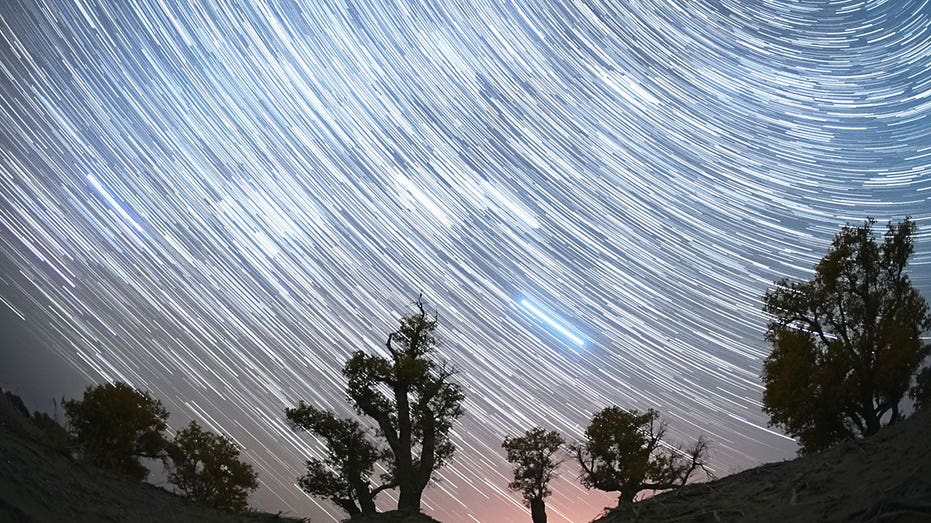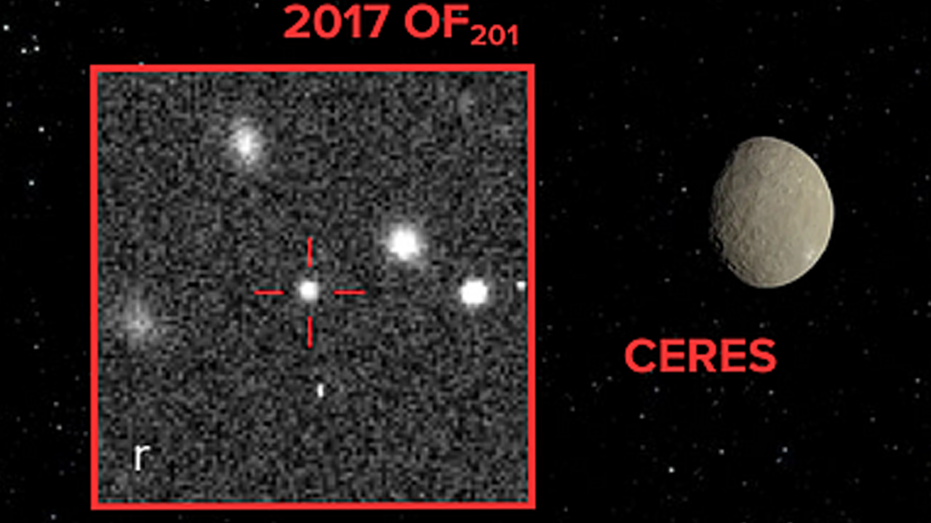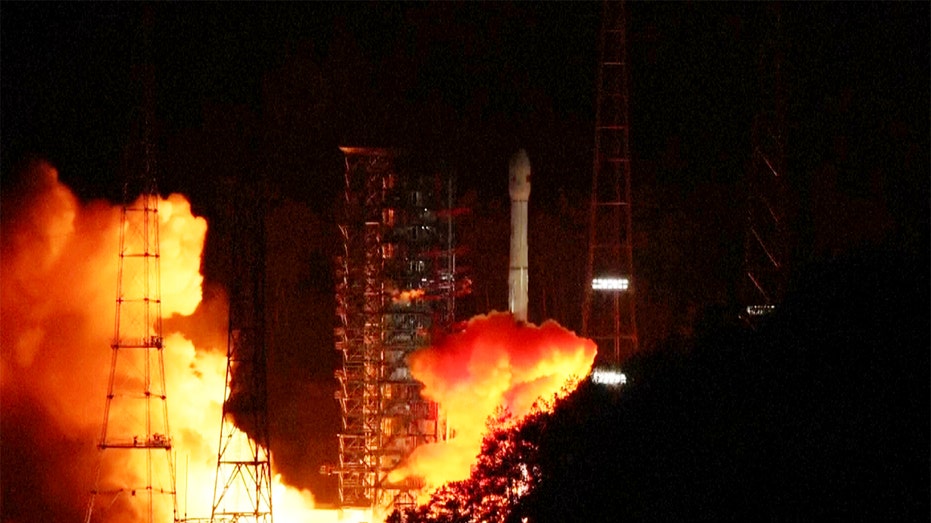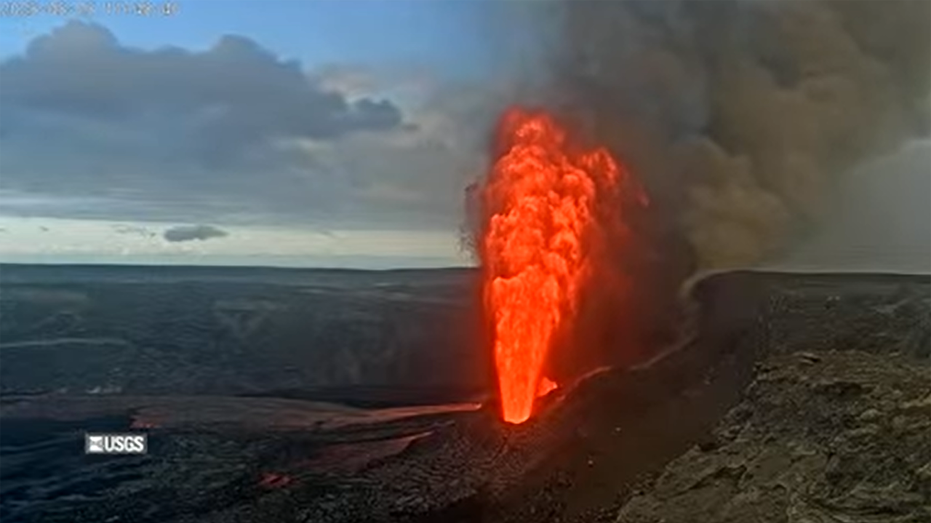Orionid Meteor Shower: Catch the Cosmic Show All November!

Sarah Johnson
March 1, 2025
Brief
The Orionid meteor shower, made of debris from Halley's Comet, peaks in October and is visible in both hemispheres through November, offering bright, speedy meteors and fireballs.
Get ready to look up! The Orionid meteor shower, always a celestial highlight, is set to dazzle us with shooting stars throughout most of November.
NASA says the Orionids hit their peak around mid-October annually, famous for meteors that are both bright and speedy. Fingers crossed for clear skies, though! A bright moon can definitely steal the show from the fainter meteors.
Word from NASA is that some Orionids leave behind these cool glowing "trains" – bits of debris that can hang around for a few minutes. And, if you're lucky, some of the faster ones might even turn into fireballs.
These meteors are actually pieces of Halley's Comet, framed by some of the night sky's most brilliant stars. Think of it – dust from a comet that last swung by when your parents were probably rocking big hair!
"Each time that Halley returns to the inner solar system, its nucleus sheds ice and rocky dust into space. These dust grains eventually become the Orionids in October and the Eta Aquarids in May if they collide with Earth’s atmosphere," NASA explained.
The shower's peak, expected around Monday, could bring up to 15 meteors per hour, depending on where you're watching from in the Northern Hemisphere.
Of course, clear skies are key, but escaping light pollution is a close second. Bill Cooke from NASA suggests finding a dark spot away from city lights.
"Come prepared with a blanket. Lie flat on your back and look up, taking in as much of the sky as possible," he advised. "In less than 30 minutes in the dark, your eyes will adapt, and you will begin to see meteors."
Good news for everyone – NASA says the Orionids are visible in both the Northern and Southern Hemispheres from after midnight until dawn.
While the peak is around Oct. 21, the shower hangs around until Nov. 22. So plenty of chances to catch some cosmic action!
Halley's Comet takes 76 years to orbit the sun. It last graced our skies in 1986 and won't be back until 2061. Mark your calendars!
Topics
Editor's Comments
Seriously, set an alarm and get away from those city lights. This is one of those things you'll regret missing. I'm already planning my viewing spot!
Like this article? Share it with your friends!
If you find this article interesting, feel free to share it with your friends!
Thank you for your support! Sharing is the greatest encouragement for us.



